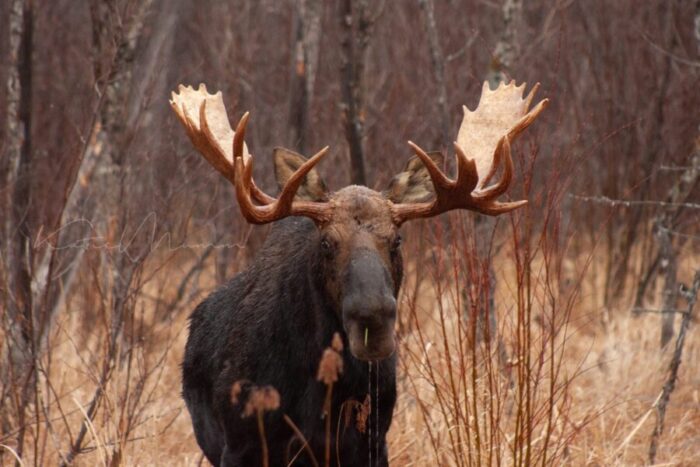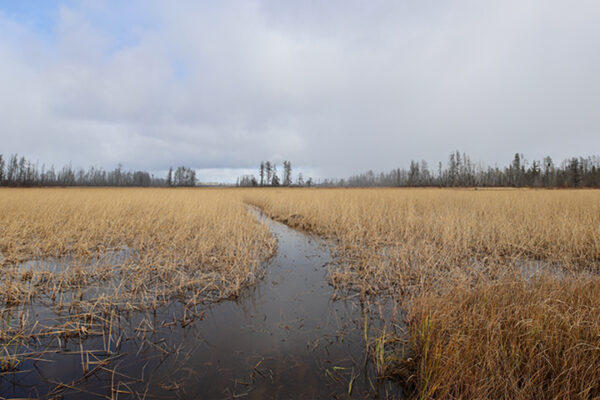Wolves, brainworm continue to impact Minnesota moose though 2022 count provides reasons for optimism
The reason for the moose population crash in Minnesota more than a decade ago is not cut and dried, and neither are the questions researchers continue to investigate.
Take this sentiment, for example: Given the choice, would lowering the deer population in northeastern Minnesota or lowering the wolf population in the region provide a greater benefit to Minnesota’s moose?
“It’s just not black and white like that,” said Glenn DelGiudice, the state’s moose and deer project leader for the Minnesota Department of Natural Resources. “You can’t just pin it down to one major factor.”
WTIP’s Joe Friedrichs spoke with DelGiudice about the moose population in Minnesota and the 2022 population estimates.
In some encouraging news, Minnesota’s moose population is the largest it has been in more than a decade, after 11 consecutive years of remaining relatively stable, according to the DNR.
The DNR’s 2022 survey estimated the moose population at about 4,700 animals, with a potential range between 3,440 and 6,780. The survey showed no statistically significant change from the last one conducted in 2020 but is the highest estimate since 2011.
An estimated 19% of the population was calves — the highest it has been since the population was near its peak in 2005. The estimated calf-cow ratio was 45 calves to 100 cows.
When WTIP referenced moose calf predation from black bears and steps the Grand Portage Band of Lake Superior Chippewa are taking to reduce the number of black bears on the reservation, DelGiudice said there is no reason to think reducing black bears across all of Minnesota’s moose range would have a similar effect.
“Bears are more of a major mortality factor (in Grand Portage) than they are in the rest of our moose range,” he said.
DNR researchers said Minnesota’s moose population — which is 47% lower than its peak in 2006 — is still at risk long term despite sustained population stability and signs of reproductive success.
Biologists can’t see or count every moose across the 6,000-square mile survey area so the survey provides an estimate. They survey a portion of the moose range every year to come up with an estimate, but canceled the 2021 survey because of the pandemic.
The Fond du Lac Band of Lake Superior Chippewa and the 1854 Treaty Authority contributed funding and personnel for the annual survey.
Listen to the audio below to hear the full interview with the DNR about the 2022 moose count and the status of Minnesota’s moose.














